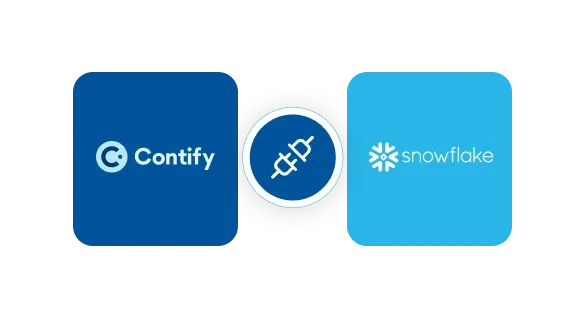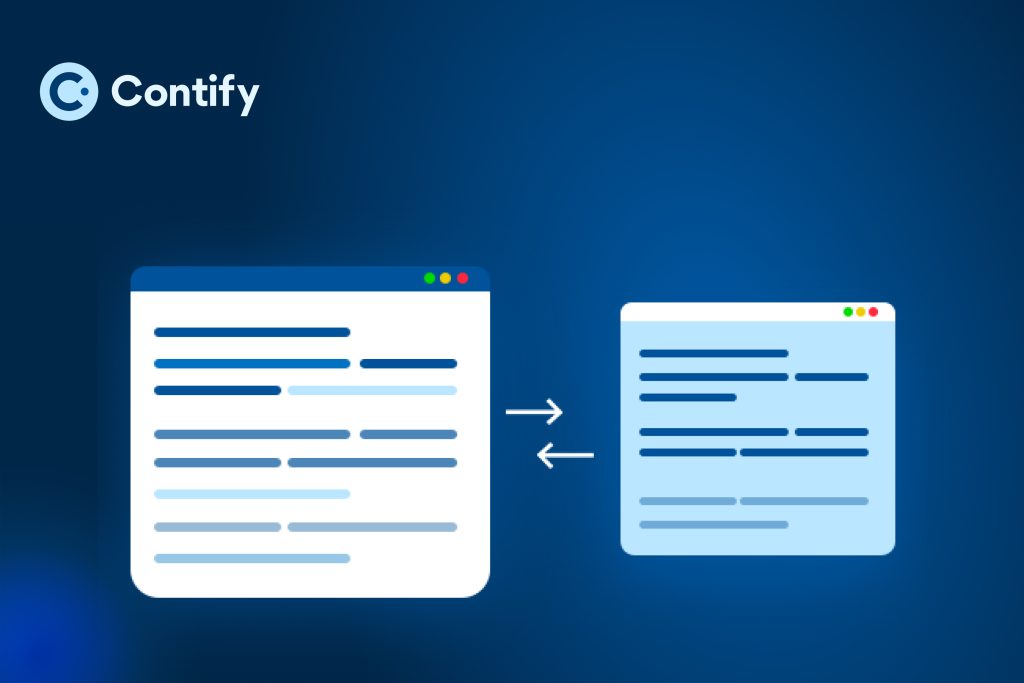What should you really charge for your product or service? In competitive markets, setting the right price is not just a financial decision; it’s a strategic one. Yet many businesses still overlook the power of competitive pricing analysis, often relying on guesswork or outdated benchmarks and competitor pricing data. A smart competitor pricing analysis helps you avoid common pitfalls, like setting high list prices only to slash them with discounts, and ensures your offerings are priced to win. According to Bain & Company, B2B companies can boost profits by 8% with just a 1% improvement in pricing. Whether you’re trying to identify value-based price points or map your pricing against rivals, competitor price analysis and competitive analysis pricing can guide more profitable decisions. In this blog, we’ll explore key pricing strategies, how to find competitor pricing, and why competitive price analysis is essential for market success. Let’s begin.
What is a pricing strategy?
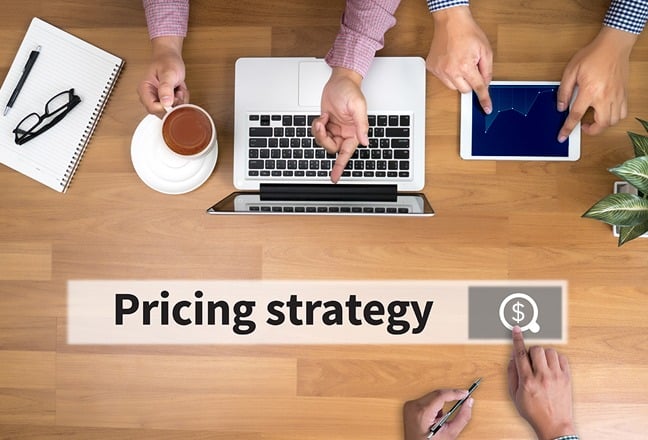
Pricing strategy and overall business strategy are two sides of the same coin. A pricing strategy is a model or method used by organizations to establish the prices for their products or services, which plays a pivotal role in determining their target customer segment, which drives the overall business strategy.
Competitive analysis pricing helps answer important strategic questions: Should you go after increasing the market share by selling at high-volume and low-prices, or go after high margins by targeting a premium segment with a low-volume and high-prices strategy; or have differentiated products for different segments. For example, a lower-priced version of your premium product with restricted capabilities?
In the ideal world, your target customer segment should define the pricing strategy. But it can work the other way around also. You first define the price of your offering based on what’s possible for your organization, which is a function of your internal capabilities and strengths. And then define the customer segment based on the predetermined prices.
Pricing strategies and tactics can differ from company to company, and can also differ for the same product of a company for different geographies, customer segments, and industry segments. This is why having a clear competitive pricing strategy definition is often necessary to frame your approach correctly in various contexts.
Benefits of intelligent pricing are not limited to the larger business strategy. All functions of your organization can benefit from a thorough competitor pricing strategy. It can drive tactics for your sales, product, go-to-market, operations, finance, and HR.
How does a competitive pricing analysis help your organization?

The need to innovate and continue growing your business never dissipates. ‘Innovation’ is not limited to adding something new, an emerging technology or a new feature. Innovation could be in your communication strategy, hiring tactics, or in your pricing strategy. ‘Innovation’ is a mindset of your organization that always asks, “How can we be better than yesterday?” Similarly, your pricing has to continuously evolve and should never stop. Therefore, a company should have a process for regularly checking competitor pricing moves.
Innovation in your pricing strategy based on competition can have an immediate and direct impact on your company’s bottom line. Below are some examples of how different functions in organizations can use competitive pricing analysis:
Strategy
A comprehensive competitor pricing analysis can help in determining the strategy of the organization. Does the target segment have the willingness as well as the capacity to pay your prices? What are the alternatives to your offering? What does this segment feel about the prices of your competitors?
The strategy, based on the above answers as well as internal capabilities, can be to maximize profitability (highest possible price) or to maximize the market share (lowest possible price). That’s where competitor price analysis helps by aligning internal pricing goals with external realities.
It can also be used to defend an existing market from new entrants by reducing the price to lower than the cost price (a common tactic of companies loaded with venture capital) or to enter a new market by offering heavy discounts.
Product
Are your customers interested in higher capital expenditure to avail tax benefits of depreciation or planning to shift CapEx to operating expenses, which will require you to offer subscription-based pricing? Such pricing decisions will drive your product priorities.
Competitive cost analysis can help in understanding how your customers value different offerings, products, and features. This analysis can help you map the pricing parameters and corresponding features that are offered by your competitors. This will help your product teams to define the roadmap and prioritize those features that provide the maximum value to your target customers, and can also command a price premium.
Marketing
Marketing success depends on the understanding of your (Ideal Customer Profile). Your competitor pricing data can help the marketing function to clearly define your ICP.
This data gives an additional perspective to your marketing function about the target customers and market segment with respect to your competition. It helps them plan marketing promotions, and highlight your appropriate strengths and the limitations of your competitors’ pricing strategies.
For example, customers that are less exposed to cost pressures and thus less price-sensitive, usually attribute a much higher value to the brand. For such groups, marketing will develop a premium positioning by focusing on branding rather than sales leads. A strong brand gives confidence and enables companies to command a premium price even if the offering is similar to the competition.
Sales
Your pricing has an immediate and direct impact on your sales function. But salespeople perpetuate incorrect beliefs when they frame conversations with customers around price rather than the value and differentiated aspects of your pricing. For example, we must have lower prices for our salesforce to close deals; or, higher prices and a tougher stance on pricing will cause customers to defect.
You need to equip your sales team with competitor pricing strategy insights and help them make smart decisions. Educate your sales team on the value proposition that differentiates your offerings from the competition.
For example, reliable delivery and quality could fare better than the lower price; the ability to integrate with other systems could be more valuable than the features; ability to customize the product and ease of use could be the most important criteria; a diverse product portfolio so that the customer can purchase multiple items from the same supplier; a willingness to hold inventory and consultative advice.
Information on competitors price strategy can be one of the most important tools in your sales rep’s arsenal to knock out your rivals and accelerate the sales cycle.
Therefore, your pricing strategy should include a detailed and up-to-date understanding of your direct (as well as indirect) competitors’ pricing strategies. This requires accurate data, context, and insights, but these tend to be scattered across different places, both inside and outside of your organization. In the next section, we’ll show how a competitive pricing platform acts as a catalyst to collect this data and enable your competitive price analysis.
Download competitive analysis template
How to find competitor’s pricing information
How to get competitor pricing is one of the most common asks from competitive research by sales, marketing, and strategy teams. Enterprise sales teams need this information almost regularly for individual deals. But companies conduct comprehensive competitor pricing analysis only when they are launching a new product or a significant revamp to their existing offering. To stay ahead in the game, companies should have a process to regularly monitor and compare competitor prices.
Competitors’ websites

Some companies list their pricing information and pricing policy on their website. Getting such publicly available information, and tracking changes, are the minimum that you need to even stand a chance in your competitive landscape. Most likely, this will bring you at parity with your competitors because they are definitely capturing such information. Your sales team should be updated on this information because your prospects are already aware of it.
But, this is easier said than done. More than pricing changes, it is more common to change the features offered in different packages and pricing policies. It’s not possible to manually visit all the competitors’ pages and spot such changes. To achieve this, you need a market and competitive intelligence software.
Analyst reports
Analyst reports are a good source of competitive intelligence. These reports, usually, provide the industry trends and compare key features of different vendor solutions. Often, as a part of their detailed vendor evaluation, they discuss prices (or range of prices) of different vendors.
You’ll find numerous analyst reports on the internet, unfortunately, most of them will be paid. Before purchasing the report, read through the summary, abstract, and TOC (Table of Contents) to make sure the report includes competitive pricing strategy definition, pricing ranges, and comparisons. You may also directly contact the analyst firm and ask for sample data on competitor pricing.
Sometimes you may find these analyst reports for free by searching vendor websites who may have licensed them for free distribution.
Review sites
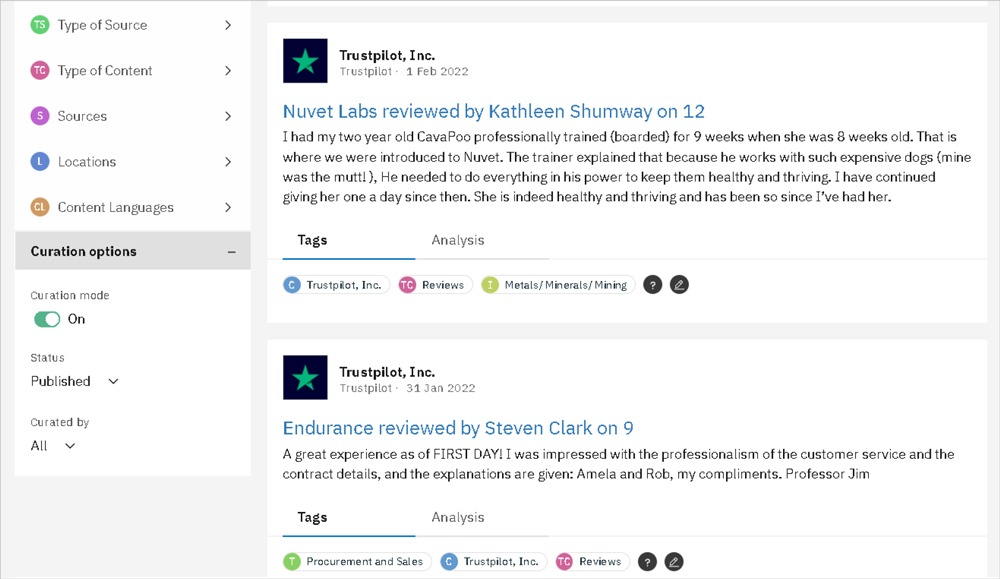
Customer reviews are a great way to get competitor pricing data, directly from users. Some review sites like G2 and Trustpilot have entire review sections dedicated entirely on the pricing. Reviews are a great way to learn about your competitor’s strengths and weaknesses, and then use them to arm your sales people with intel, or modify your pricing to outmaneuver them.
These snippets can be valuable for your competitor analysis pricing strategy.
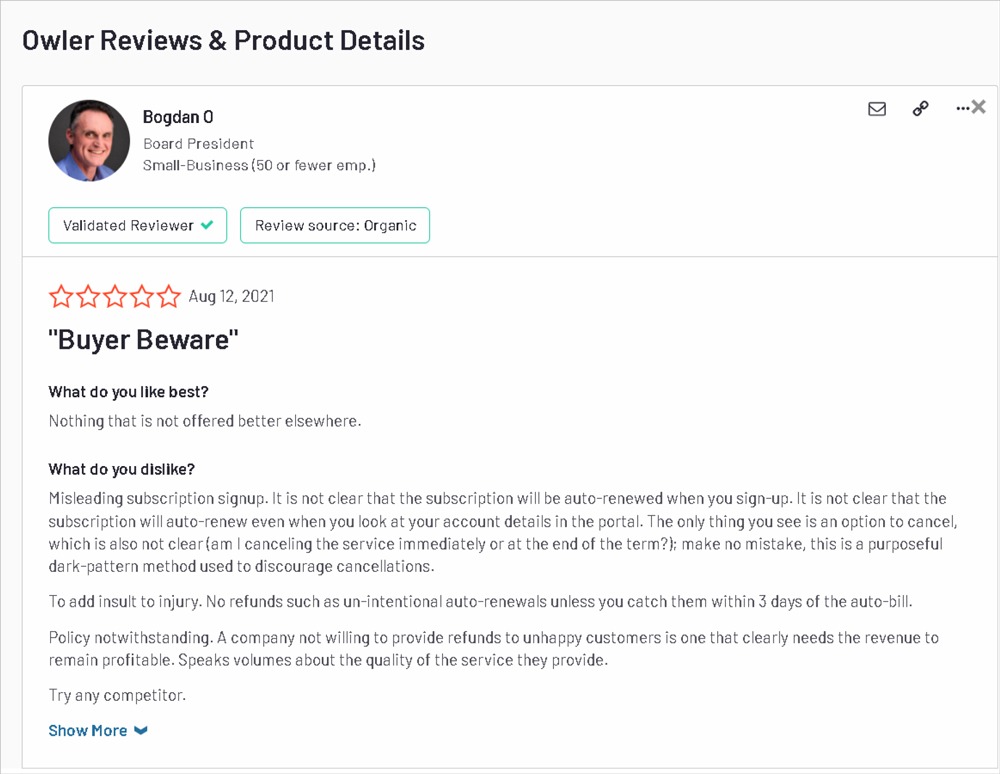
Review sites can be a valuable source of information on not only product pricing but the product itself. Insights gleaned from user reviews, whether positive or negative, can be leveraged by your organization. For example, in the above image, a miffed user tells us that the subscription signup is misleading, and omits whether the subscription will be auto-renewed when you sign-up. Great ammo for your sales team in future deals!
Talking to prospects
Your prospects know the pricing details of your competitors either through their own research or competitors’ salespeople. Your sales team should be adept at finding out how to get competitive pricing during discovery calls. Even a handful of such conversations can build reliable competitor pricing insights over time.
You cannot draw any meaningful and definite insights by getting pricing as discrete data points in an ad-hoc manner. But capturing this information and not utilizing it properly is nothing short of a crime. The right way is to aggregate such strategic information and then analyze it to create a clear picture of your competitor’s prices and maybe even their competitor based pricing strategy.
Your sales team should be aware that every time they get any pricing-related information, they have to enter it into a common database, which should be your market intelligence platform. To encourage this behavior, you should log who submitted this information and acknowledge the salesperson in the organization-wide forum. Have a look at the image below, which represents how field intelligence is added into a competitive intelligence software.
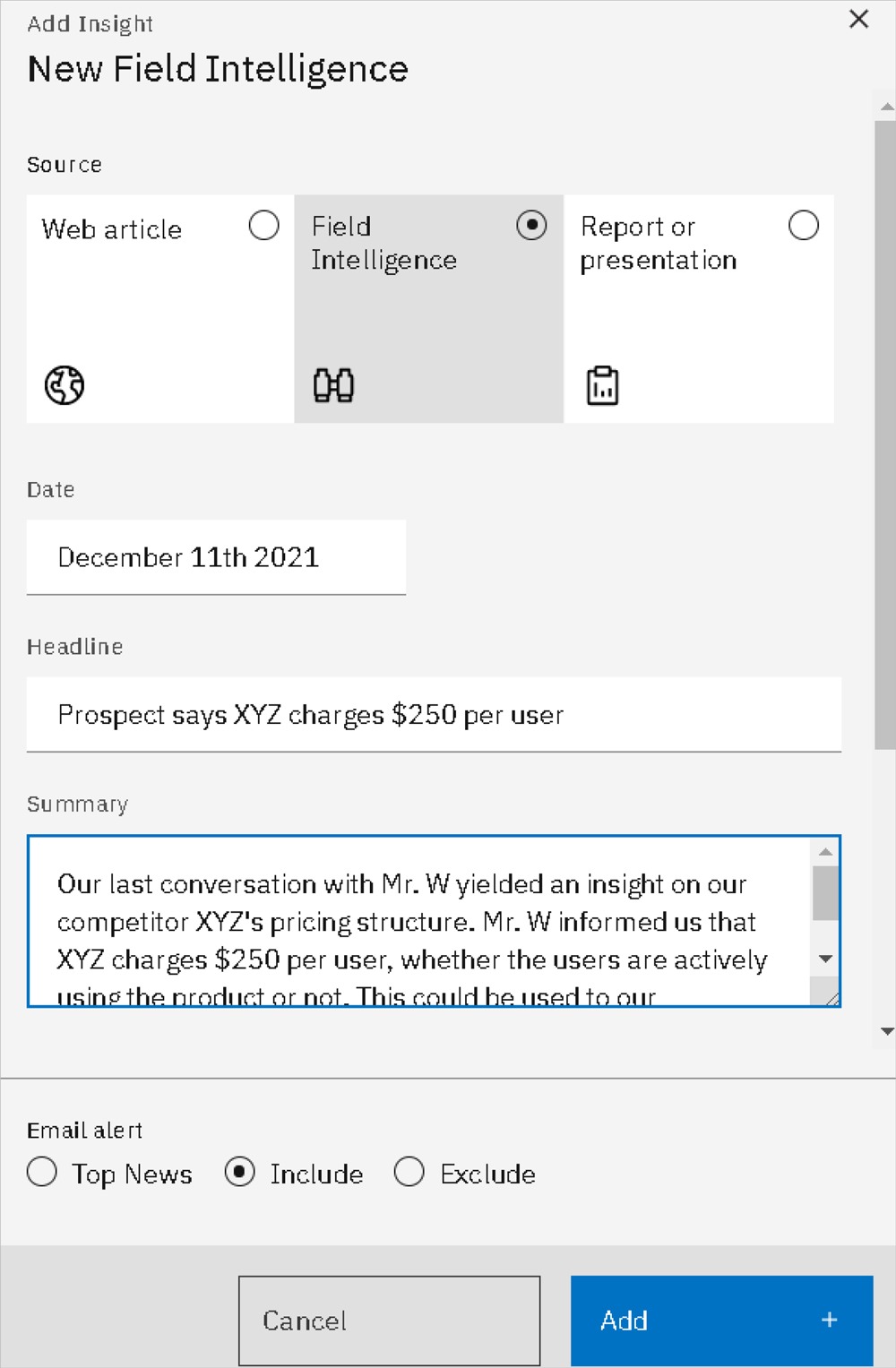
Some companies capture this information in their CRM, which is a good start. But a CRM is not designed for competitive pricing analysis. Specialized products such as market and competitive intelligence platforms are necessary not only for analysis but also to inform other stakeholders in your organization, so that all the stakeholders are on the same page.
Reseller and partner sites
If your competitors are selling through channel partners, then these partners could be another valuable source of competitive pricing and sales strategies. Sometimes these partners provide valuable information about competitor price points. By using a monitoring system, you can track competitor pricing data such as price sheets, promotional packages, and quote-building templates that are often left unsecured on partner sites.
Monitoring channel partners of your competitors should be a part of your competitor analysis pricing strategy. Also, don’t forget to keep an eye on their global reseller sites, as pricing models may differ significantly across geographies, something relevant to a strong competitive pricing strategy.
Government websites
If your competitors are selling to the government, chances are their prices are published on some government websites. Governments all over the world are trying to make their processes transparent to make themselves efficient and accountable for the taxpayers’ money.
For example, the majority of states in the US have enacted price transparency laws to allow patients to shop for care and to prevent price discrimination of the uninsured. In California, hospitals must provide a price estimate to a requesting uninsured patient and cannot bill for an amount greater than the reimbursement the hospital would receive from a government payer.
GSA Schedule is a long-term governmentwide contract with commercial firms providing federal, state, and local government buyers access to more than 11 million commercial supplies (products) and services at volume discount pricing. The prices of these suppliers are listed on the GSA website.
In addition, after a government bid is over, you can get access to the bids using Freedom of Information Act (FOIA) requests. The standard turn-around time of FOIA request is 1 month, or it could be longer, but it may be worth it.
Win/loss analysis
A well-structured win/loss program can unearth not just positioning flaws, but real data about your competitors’ pricing strategies. Often, pricing is a top reason why deals are won or lost. Aggregating this over time creates a valuable competitors price analysis archive.
This is why it’s important that every rep in your sales team is trained to capture competitor pricing insights, whether during sales conversations or from closed-lost feedback. Over time, this creates a central repository for accurate and actionable competitive price analysis.
If you consistently lose to rivals because your pricing is seen as too high, or if wins happen only after major discounts, it may signal a need to revisit your overall competitive pricing strategy definition or your messaging around value.
For example, if after compiling data from several interviews you find that one of the top deciding factors for NOT choosing your product is pricing and your price points aren’t competitive, then you know that either your margins or your costs are higher than industry standards, or the added value is not apparent to your prospect. You might need to work on your marketing collaterals or sales process, or both.
We’ve now seen how to get competitor pricing, and why continuous tracking is crucial. Yet most companies still rely on manual methods or CRM notes, which aren’t built for structured competitive pricing analysis.
Instead, companies need a dedicated competitive pricing platform that can aggregate, organize, and distribute this intelligence across teams.
Conclusion
Pricing is a game of trade-offs. It often dictates the success or failure of a business. Thus, it is crucial to invest in developing the right strategy, not just for internal reasons but also based on a robust competitive analysis pricing framework.
Your goal is NOT to be the lowest value product or service, but to solve your customers’ problems with a broad portfolio of products or services. All companies should avoid the dreaded race to the bottom; that is the self-defeating exercise of trying to beat competitors on price.
Testing your pricing against the market is the essence of a good competitive pricing analysis. Competitive pricing strategies also include monitoring how your competitors respond to your pricing moves, something you can only do with accurate competitor pricing data.
Testing the price acceptability of your offerings compared to your competition is the main idea behind competitive pricing analysis. Competitive pricing strategies also include not only the monitoring of your competitors’ prices but also their reaction to your pricing changes.
Contify is a market and competitive intelligence software that helps businesses track such information. It helps you keep a track of not just your competitor’s pricing information, but any and all movements your rivals make, whether that be new leadership hires, mergers and acquisitions, events, new offerings, product updates, or website copy changes. With Contify, you create a sustainable competitive advantage for your organization.
If you’re looking to build a smarter, sharper competitor pricing strategy, get in touch with us today.
Frequently Asked Questions
How can I find out my competitors’ pricing?
You can discover competitor pricing through a mix of methods: reviewing their websites, analyzing analyst reports, talking to prospects, monitoring reseller portals, using competitive pricing platforms, and conducting win/loss analysis. Government procurement sites and review platforms can also provide valuable competitor pricing data.
Why is competitor price monitoring important?
Competitor price monitoring ensures your pricing stays relevant and competitive. It helps you avoid underpricing (losing profits) or overpricing (losing deals). Tracking price movements and competitor pricing strategies allows you to make proactive pricing decisions that align with market expectations.
What tools are used for competitor price tracking?
Businesses use a mix of tools for competitor price tracking, including competitive intelligence platforms, web monitoring software, CRM-integrated trackers, review aggregation tools, and manual analysis of public sources. Platforms like Contify automate the collection of competitive pricing data from multiple sources in real time.



